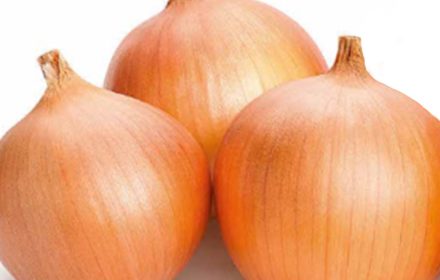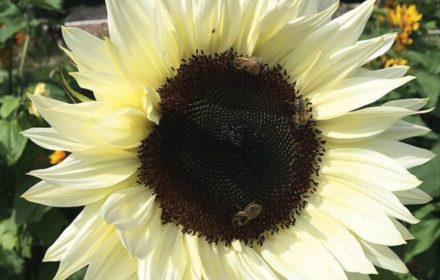How to Sow Giant Polyanthus Seeds in the UK
Giant Polyanthus is an ideal choice for front borders, pots, and containers, showcasing bright clusters of flowers in shades of blue, yellow, pink, red, and white. These hardy, semi-evergreen plants reach a height of 25cm and provide year-round ornamental foliage in low frost areas. Flowering through winter and into late spring, they are perfect for adding a vibrant touch to your garden. With proper care, Giant Polyanthus can thrive for several years, making them a rewarding addition to any UK garden.
When to Sow Giant Polyanthus Seeds
- Indoor Sowing: Start seeds indoors in late spring to early summer (May to June) to allow for healthy growth before transplanting outdoors.
- Outdoor Transplanting: The best time to transplant seedlings outdoors is in September, providing ample time for the plants to establish and flower the following year.
Step-by-Step Guide to Growing Giant Polyanthus from Seed
Indoor Sowing
- Prepare Seed Trays or Pots: Use seed trays or small pots filled with fine, well-draining seed compost. Lightly moisten the compost before sowing.
- Sowing Depth: Sow seeds thinly across the surface of the compost and cover them lightly with a fine layer of compost or vermiculite. Polyanthus seeds require light moisture to germinate.
- Moisture Retention: Cover the trays or pots with glass, polythene, or a propagator lid to help retain moisture. Avoid placing the containers in direct sunlight to prevent drying out.
- Ideal Germination Conditions: Maintain a consistent temperature of 15–20°C for optimal germination, which typically occurs within 14–28 days. Keep the compost evenly moist but not waterlogged.
- Removing Covers: Once seedlings are visible, remove the cover to allow air circulation and prevent damping off.
Transplanting Seedlings
- Seedling Handling: When seedlings reach a height of 3 inches and have developed strong roots, they are ready to transplant.
- Final Location Preparation: Choose a cool, shaded area with well-drained soil enriched with compost or organic matter.
- Spacing: Space plants 6–8 inches apart to allow for healthy growth and air circulation.
- Outdoor Planting: For outdoor growing, transplant seedlings in September to give them time to establish before winter.
Caring for Giant Polyanthus Plants
- Watering: Keep the soil consistently moist, particularly during dry spells. Avoid overwatering, as this can lead to root rot.
- Light Requirements: Giant Polyanthus prefers partial shade, making it ideal for sheltered spots in the garden or shaded windowsills indoors.
- Feeding: Apply a balanced liquid fertiliser every 2–4 weeks during the growing season to encourage strong growth and vibrant blooms.
- Winter Care: In areas with harsh winters, provide frost protection by mulching around the plants or moving containers to a sheltered location.
- Deadheading: Regularly remove spent flowers to encourage continuous blooming and maintain the plant’s appearance.
Common Questions About Growing Giant Polyanthus
- Can Giant Polyanthus survive winter outdoors? Yes, in low frost areas, they can survive outdoors. However, in regions with severe frosts, provide shelter or move plants to a protected location.
- Do Giant Polyanthus seeds need light to germinate? No, they germinate best when lightly covered and kept moist, with consistent warmth.
- How long do Giant Polyanthus plants last? With proper care, these semi-evergreen plants can thrive for several years, blooming seasonally.
By following this guide, you can successfully grow and enjoy the vibrant blooms of Giant Polyanthus. Whether placed in borders, pots, or window boxes, these versatile flowers will bring enduring colour and charm to your UK garden.



















